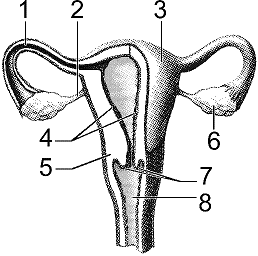The number of cells in an average-sized adult human is on the order of 1014
Use this information, and the estimate that the length of DNA contained in each cell is 2 m, to do the following calculations (look up the necessary distances and show your working):
A. Over how many miles would the total DNA from the average human stretch?
B. How many times would the total DNA from the average human wrap around the planet Earth at the Equator?
C. How many times would the total DNA from the average human stretch from Earth to the Sun and back?
D. How many times would the total DNA from the average human stretch from the Earth to Pluto and back?
A. 2 × 1014 m = 124,274,238,447 miles.
B. The Earth's circumference at the Equator is 24,902 miles. The length of DNA from the average human body could wrap around the Earth 4,990,532 times.
C. The average distance from the Earth to the Sun is 93,000,000 miles. So, the round-trip distance is 186,000,000 miles. The length of DNA from the average human body could stretch from the Earth to the Sun and back 668 times.
D. The distance from the Earth to Pluto is, on average, about 39 × 93,000,000 miles. So, the round trip distance is 78 × 93,000,000 miles. The length of DNA from the average human body could stretch from the Earth to Pluto and back 17 times.
You might also like to view...
Most cervical cancers are caused by:
a. herpes virus b. human papillomavirus c. hantavirus virus d. streptococcus e. staphylococcus
Which food product would likely contain the largest amount of unsaturated fat?
a. butter b. lard
c. salami d. olives e. cheese
Which of the structures in Figure 50-3 is responsible for the production of hormones?

a. 1
b. 3
c. 4
d. 6
e. 7
A northern blot differs from a Southern blot in the
A) type of probe used. B) presence or absence of a nitrocellulose membrane. C) size of the genetic sequences involved. D) number of genetic sequences detected. E) type of nucleic acid being isolated.